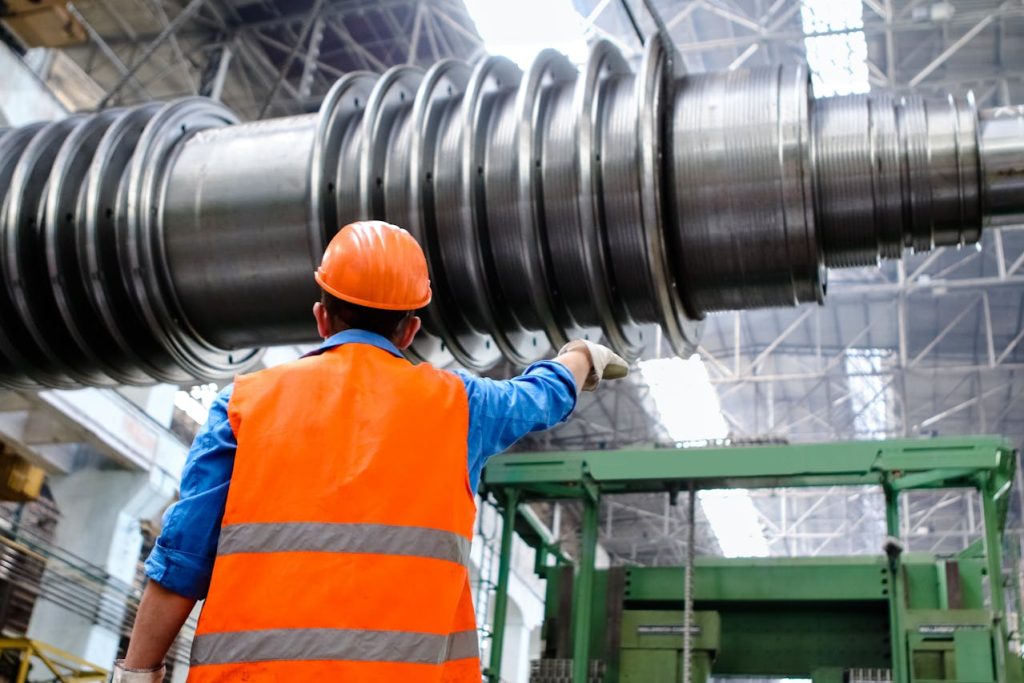When we generally talk about robotization, we usually refer to automating the manufacturing industry or manufacturing companies. These can include electronics, metal, automotive, and food processing industries. Applications such as pick and place, gluing, welding, screwing, or palletizing are often a few of the tasks that first come to mind as well. That being said, most people may not know that the pharmaceutical industry has also seen a huge growth in robotics, compared to most other industries. But why are robots so well-suited and popular in the pharmaceutical industry, and what applications can they be used for?
In this article, we attempt to answer and explain these questions. So, if you are as curious as we are, make sure to read to the very end!
Pick and place
Pick and place simply refers to the moving of items from one place to another. Some examples include picking up products off a conveyor belt (or vice versa) or sorting certain items for further processing. In terms of the pharmaceutical industry, this can include tasks such as sorting medicine bottles or arranging syringes. The good thing about using robots is that they can do repetitive tasks very quickly and consistently, without many errors. They also do not need breaks and rest. Contrast this with human workers, who need breaks and are prone to making mistakes and errors, especially if the task is monotonous and boring. In this case, cobots are ideal to take over simple and tedious tasks, while human workers can move on and work on more creative or strategic tasks.
Inspection
Inspection is often a tough job for human workers because they require high levels of concentration in order to make sure every product follows the same standard. After all, a mistake in inspection can have fatal consequences for a pharmacist (or fatal consequences for their customers!) Fortunately, robots can take over this task instead. The great thing bout them is that they can work with extreme consistency. For example, robots can check that the blister packs are completely filled, or they can detect any defects, blemishes, and scratches in certain products. This also means less wastage in the long run, as fewer customers will return items, meaning fewer products are going into landfills!
Closing bottles
Another task that is perfect for robots to automate is the closing of medicine bottles. For human employees, there is no surprise that this task, which requires you to tighten caps, is incredibly monotonous, mind-numbing, and boring. Robots, on the other hand, can easily do the same task every day, without any breaks or rest needed. They can also do the task with a level of consistency and precision that human workers will find hard to match. With the right robot, built-in sensors, and end effectors, sealing bottles with a robot can be incredibly quick and consistent. This speeds up the production line and makes everything a lot more efficient, thus lowering the cost of production and manufacturing in the long run, and can cut down on costs too!
Machine tending
In case you did not know, within the pharmaceutical industry, semi-autonomous machines are typically widely used. Normally, these machines are loaded and unloaded by an employee. However, with the advance in technology nowadays, this task can now be given to a cobot to do. This means that the human workers can engage in tasks that are better suited for them, such as those that require a lot of strategic thinking, planning, or cooperation. An example of a machine tending task includes feeding samples into a testing machine.
Dosing
Surprisingly enough, one task that can be done using robots is dosing, which most people may not think about! However, right now, this application is already being frequently done by robots. An example would be in the form of gluing. By attaching a dispensing machine to the robot, a robot could then fill up medicine bottles or syringes, for instance. Unlike human workers, who may get the dosage wrong if they have to keep doing this mind-numbing task, cobots and robots are not likely to make a lot of errors. For one thing, the robotic arm is less likely to shake (which may cause spillage), and sensors can be used to detect if they have filled up the bottle or syringe to the required capacity.
Packing
Packing products is something that is required in almost every sector, including pharmaceuticals and healthcare. Some examples of tasks that robots could do include packing certain drugs or medicine into pouches or boxes, loading products onto trays, as well as stacking boxes onto pallets that will be later shipped out. This can also help reduce the risk of human workers gaining repetitive strain injuries, as robots are made to do tasks without stopping or needing rest. This means less risk of injuries or accidents in the workforce in the long run, and also less absenteeism too!

